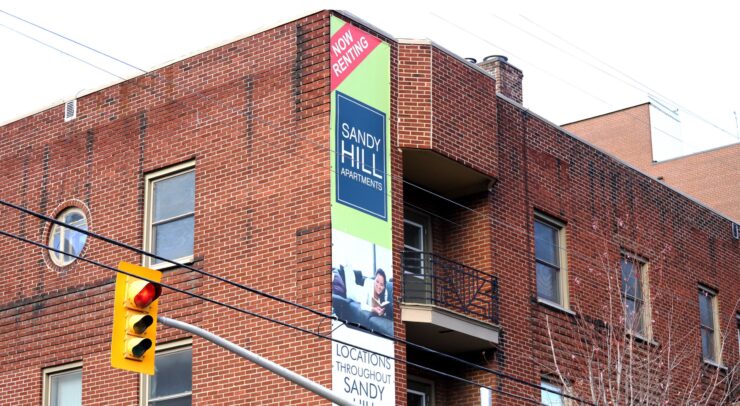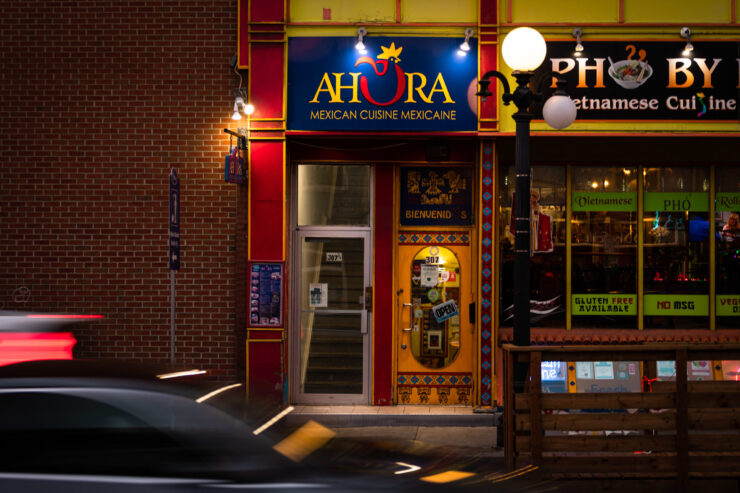With closed services and crowded shelters, victims and survivors are trying to adapt
Content warning: Domestic abuse and sexual violence. A list of abuse survivor and victim resources can be found at the bottom of this article.
Since stay-at-home orders were implemented in April, life has dramatically changed for millions of people. Jobs, social interactions, and freedom were all lost at the hands of the pandemic.
As COVID-19 cases peaked and troughed, many are calling domestic violence under quarantine the ‘shadow pandemic’ as experienced by survivors. Intimate partner violence is experienced by one in four women and one in 10 men, and being physically restricted with an abusive partner is unbelievably damaging.
So how do these survivors and victims protect themselves while also keeping others safe?
Pre-pandemic violence
Abuse was a global crisis far before COVID-19 struck; UN Women reported that in 2019, 243 million women and girls experienced physical and/or sexual violence at the hands of an intimate partner. In Canada alone, 67 per cent of Canadians say they have personally known at least one woman who experienced physical or sexual abuse.
Prior to the pandemic, many women’s shelters and violence support organizations were more accessible to the population, hosting walk-in services and emergency resources.
Interval House Ottawa, a short-term emergency shelter, is just one example; the shelter provides rooms and meals to women fleeing abuse along with dependents.
“We would have people come in the house, stay and then eventually move out and live on their own or with other supports,” said Carina Maggiore, the coordinator of Unsafe at Home Ottawa, a project hosted by Interval House.
Unsafe at Home Ottawa is a virtual chat service designed to provide emotional support and referrals at the user’s request. Launched in April, the platform has been soundly successful within the Ottawa community.
Ann Carson-Tempier, a clinical supervisor at Counselling and Family Services Ottawa (CFS), says that most of the organization’s services have been safely available to vulnerable populations since the beginning of the pandemic.
“The only difference would be that there is more virtual and telephone support than before,” she said. “But we do see clients in person with the necessary protection in place as per [Ottawa] Public Health requirements.”
Present problems
Between March and June, Statistics Canada observed that reports of assault by family members had decreased by 4.3 per cent and by 17.7 per cent in terms of family reports compared to the same timeframe from the previous year.
However, decreased reports and calls does not mean that the abuse has gone away — in fact, as reported by the Globe and Mail, a Canada-wide survey showed abuse has increased. Additionally, the Toronto Star also reported York region saw an increase of 25 per cent in domestic assaults.
“We found that a lot of people were no longer able to make the phone call necessary to access violence against women support for multiple reasons,” said Maggiore.
“With people not going to work, not going out and not having access to external supports, they were unable to reach out for help the same way that they used to. Additionally, with abusers remaining in the home more often, it made the ability to make a phone call to a shelter much more [difficult].”
Melanie, a fourth-year art student at the University of Ottawa, says that the isolation of the pandemic enhanced some challenges she was experiencing as a survivor.
The Fulcrum is using an alias to protect her identity out of safety concerns.
“I used to have lots of mood swings and experience great loneliness,” she said. “It definitely [has] ups and downs, and it’s so unpredictable. You never know what may trigger you.”
The need for resources
Unfortunately, COVID-19 has made the accessibility and maintenance of specific resources more difficult.
Many victims no longer have a safe space or the means to confide in others about their situations; meanwhile, dozens of shelters are pushing past the brink of already reduced capacity.
One of these spaces includes the Ottawa Rape Crisis Centre, which is set to temporarily close on Dec. 2. The centre’s Board of Directors acknowledged the difficult timing of the closure, but has planned to restructure and improve the centre’s resources for Black, Indigenous and people of colour (BIPOC) as well as LGBTQ+ members of the community.
Melanie believes that although she understands the changes behind the closure are important, a centre like the Ottawa Rape Crisis Centre is necessary for the city.
“I believe that they should definitely make the changes to better suit their employees’ needs, and continue to function to the best of their ability,” she said.
The Government of Canada has committed to investing $207.5 million towards homeless and women shelters in April, with $40 million to accommodate the immediate needs of shelters and sexual assault centres.
But with the temporary closure of the Ottawa Rape Crisis Centre and dozens of other organizations the question remains if the funding will be enough especially under COVID-19 conditions.
Being left to their own resolve, survivors and victims have turned more and more to virtual resources.
Melanie has been using online therapy as well as neurofeedback, a biological process to train brain activity. She also has applauded the use of online support groups so she can connect with those who have gone through similar painful experiences.
“Any community-based activity, even via Zoom, is both unifying and supportive towards survivors during this time,” she said. “I also think that it is extremely important to be super kind to ourselves during this time and always. We are very strong people, we are survivors. It is important to have alone time for self-care.”
Maggiore explained how Unsafe at Home has become a centralized access point for survivors and victims to gain access to resources and support.
“People used to be able to access the service, or different kinds of support and services, by word of mouth, by knowing each other and going to community centres,” she said. “So we’ve had to make all of our services available virtually.”
The concern for safety and wellbeing has been stressed for the past eight months all throughout this pandemic, with emphasis on distancing and hygiene. But for those who can’t leave dangerous and harmful environments, how can their challenges be resolved?
Not only during COVID-19, but throughout the country, greater measures must be taken to protect victims and survivors of abuse.
— With files from Ariane Gacionis
A non-comprehensive list of domestic and sexual assault resources appears below…
On campus…
- Womxn’s Resource Centre, 85 University Private, UCU220
- Offers peer-to-peer support listening, quiet semi-private spaces, as well as workshops, events, and discussions.
- Human Rights Office, 1 Stewart Street, Room 121
- Offers resources for survivors of sexual violence and bystanders and sexual harassment, as well as providing training to combat sexual violence.
- Counselling and Coaching Services, 100 Marie-Curie Street (4th Floor)
- Offers several resources to cater to each student’s needs including Therapy Assistance On-line.
Off campus…
- Survivor hotlines
- Ottawa Victim Services: 613-238-2762
- Fem’aide: 1-877-336-2433
- Talk4Healing: 1-855-554-HEAL (4325)
- Assaulted Women’s Helpline: 1-866-863-0511
- Online support
- Unsafe at Home Ottawa: 613-704-5535
- myPlan Canada
- Supporting a survivor
- Talking with Assault Survivors: 800-656-HOPE (4673)
- Embedded link: Phone number
- Embedded link: Phone number
- Emergency resources
- Community resources
- Interval House: 613-234-5181
- Planned Parenthood: 613-226-3234
- Minwaashin Lodge: 613-741-5590
- Sexual Assault Support Centre of Ottawa: 613-234-2266





